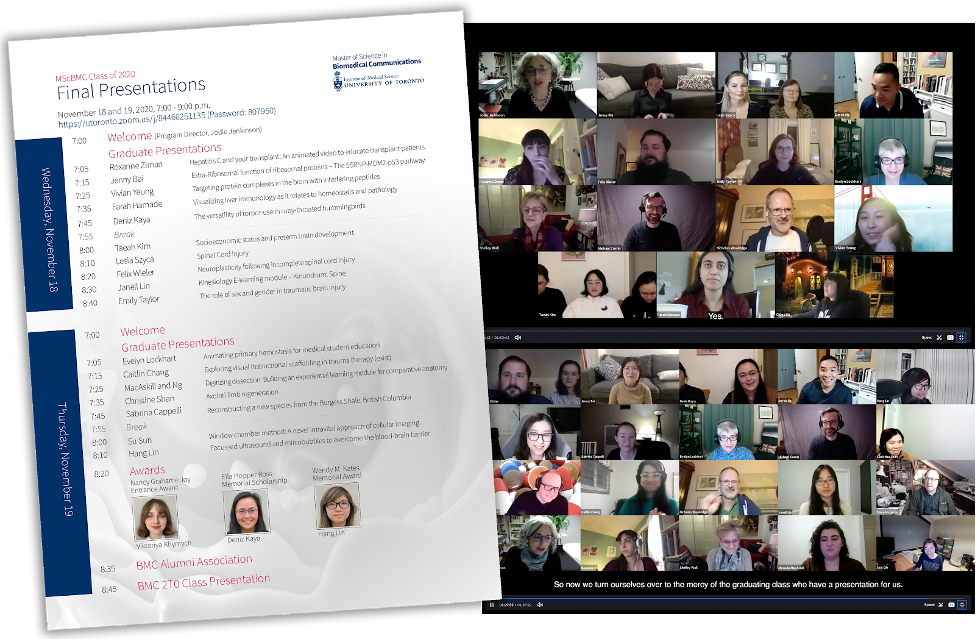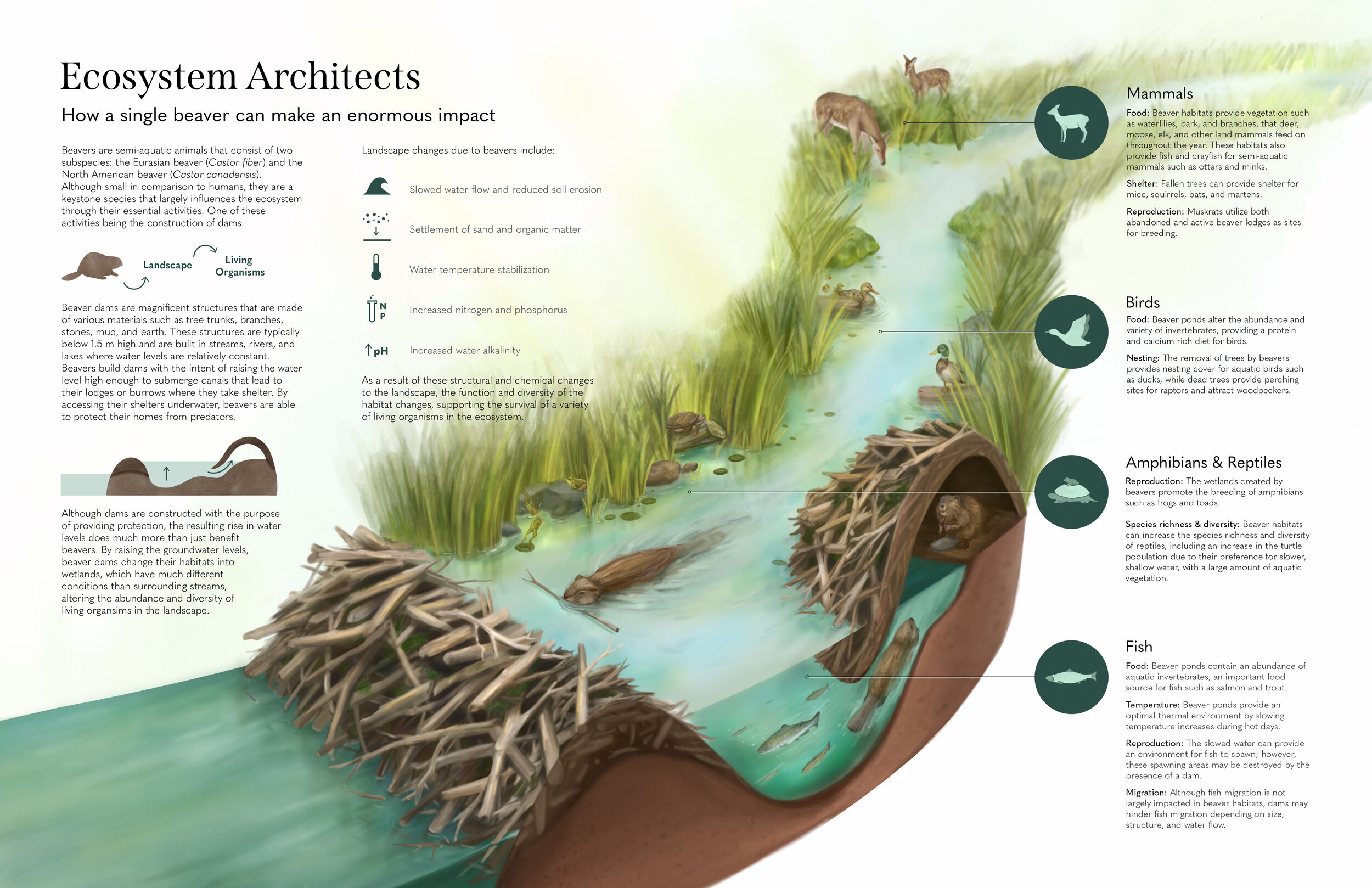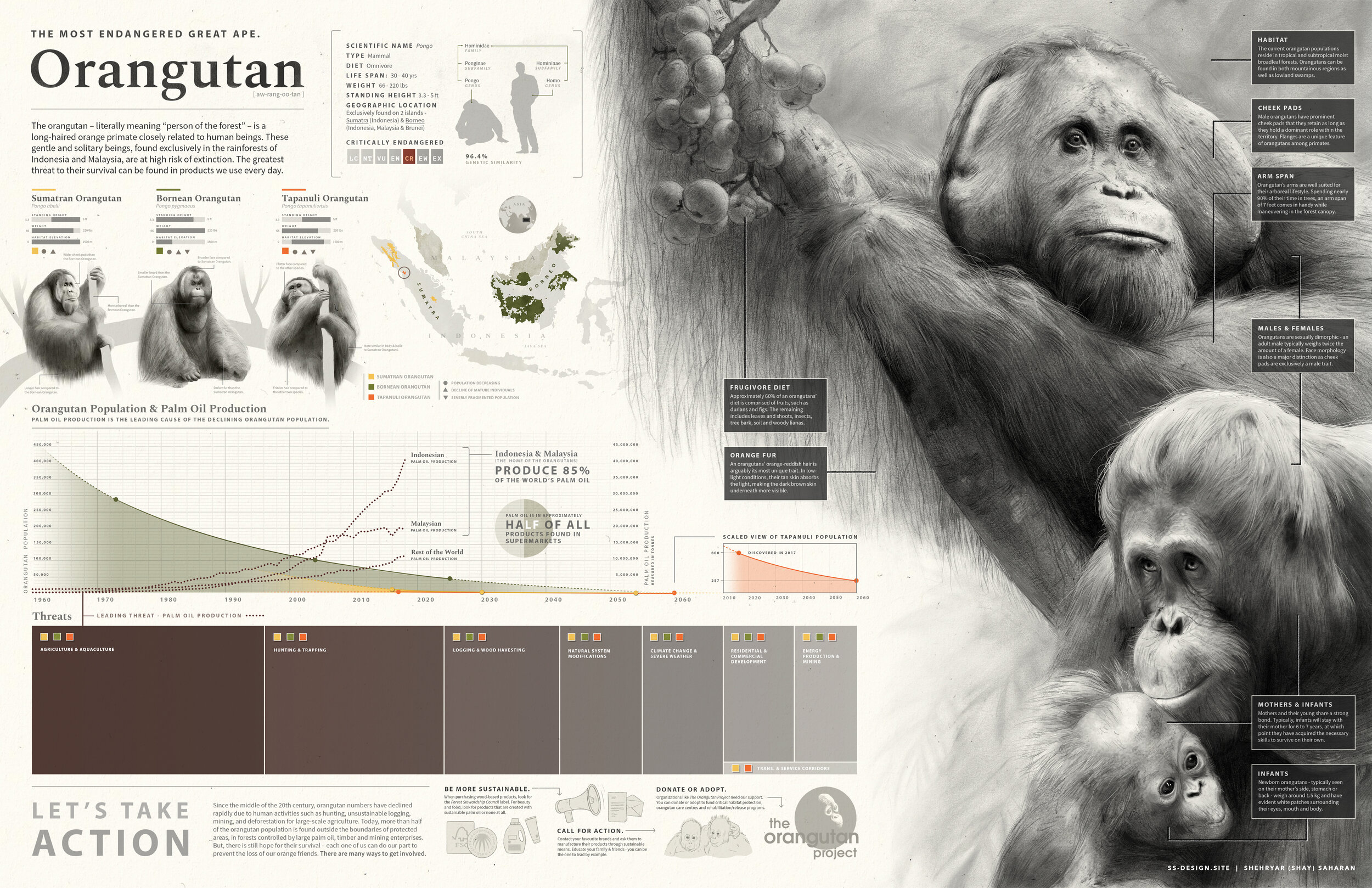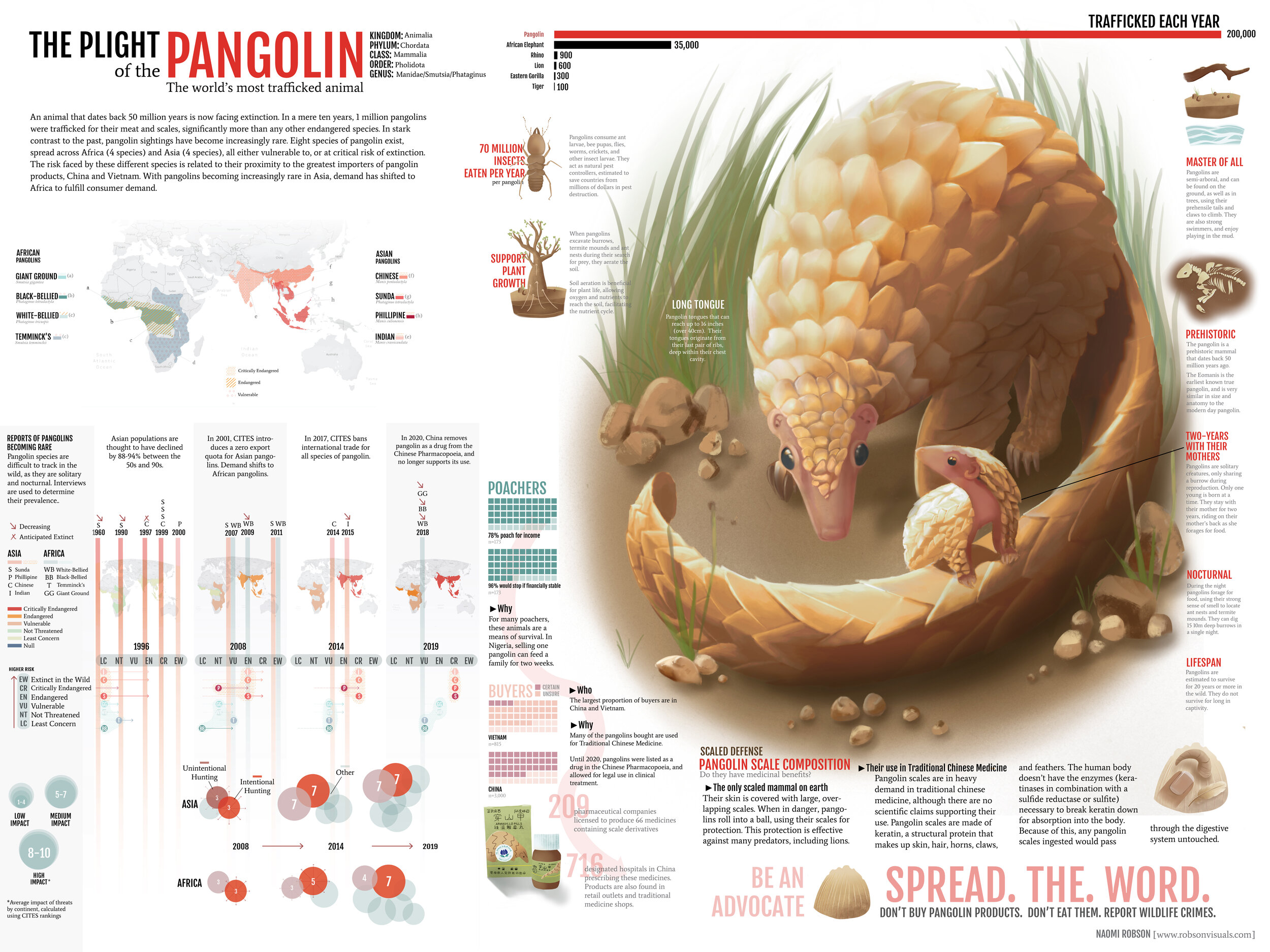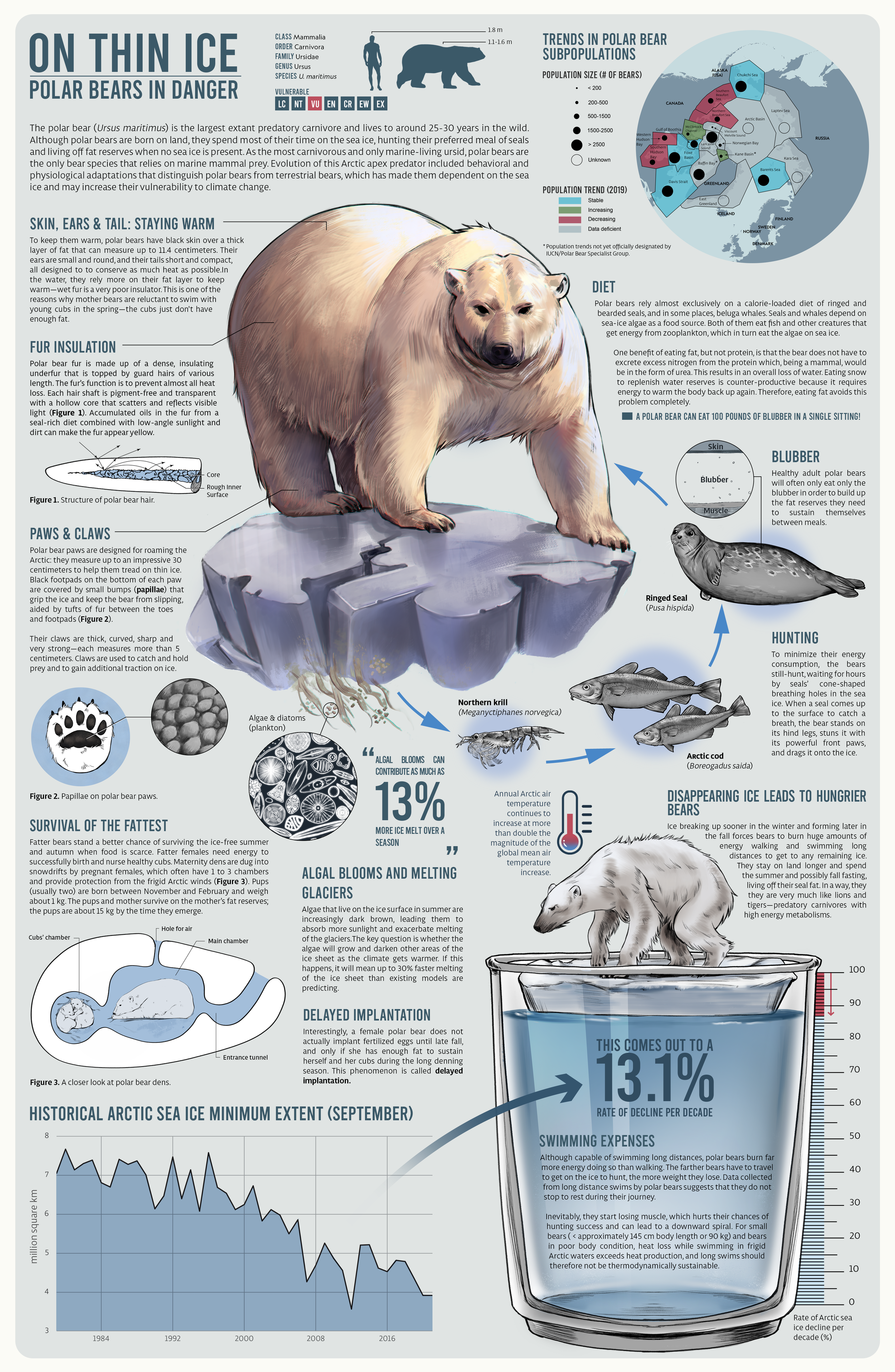12:00 p.m.
Professor Dave Mazierski spent the Christmas 2020 break at home printing 3D-models of bat-eared fox skulls. He made them for each of the nearly 50 undergraduate students attending his scientific drawing class online.
3D-prints of a bat-eared fox skull. Photo credit: D. Mazierski
Mazierski, a vertebrate palaeontologist and associate professor of biomedical communications at the University of Toronto, teaches HSC302 Biocommunication Visualization. Completing an accurate drawing of a skull is one of the course’s exercises.
Normally, a biology technician provides primate skulls for the students to observe and sketch. Mazierski would provide transparent grids through which to observe the models, clips to support the grid, and drawing materials. Rows of drawing stations would be set up in one of the biology department’s laboratories.
“Like a skull-sketching factory,” he says.
Pre-pandemic skull-sketching laboratory. Photo credit: D. Mazierski
But with teaching forced online by the global COVID-19 pandemic, he needed a substitute for this learning experience. There wasn’t a space large enough to accommodate physical distancing. The real primate skulls were too valuable and too fragile to lend.
Mazierski got approval from the director of the Master of Science in Biomedical Communications to borrow the program’s Form2 3D printer. He researched online repositories for 3D data for skulls, and settled on the bat-eared fox.
“It’s got interesting teeth.” He holds up a resin model of the skull. “It’s slightly smaller than life, but it’s large enough that students can see the features we want them to understand and to draw the various elements of the skull. The size and shape was easy to print as a single object and to clean.” He taps the desk with the 3D print. “And they’re durable,” he says.
Mazierski printed the models in his newly-converted 3D-printing studio, formerly his daughter’s bedroom.
“It took 22 hours to print them nine at a time–” the maximum the desktop 3D-printer could produce ”–and another 20 minutes per skull to remove them from the build platform and clean them,” says Mazierski.
Professor Dave Mazierski separates a 3D print of a bat-eared fox skull from the build platform. Photo credit: D. Mazierski
He then faced the problem of getting the skulls to students dispersed by the pandemic. He packed the models into envelopes, along with grids and a stand. He also fabricated the stands himself from pine boards.
Students collected the majority of the envelopes from lockers in the biology department, but some supplies had to be mailed to students attending class from such places as British Columbia, Ireland and Pakistan.
Drawing to learn in science
Laboratory drawings are a standard part of life science studies. In comparative anatomy courses, for example, students are expected to create manuals in which they draw their observations. “In vertebrate palaeontology, you have to be able to draw your specimen to report it for publication,” he says.
Encouraging people to draw is sometimes a way to encourage them to learn in a different way. “While you’ve got to draw the line somewhere, a scientific drawing can’t be vague or ambivalent. If it’s going to be accurate and convey information, all those lines must have meaning,” he says. “The act of drawing forces you to understand.”





